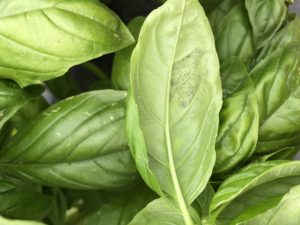
Basil Downy Mildew Confirmed in Pender County, NC, July 28, 2021
Basil downy mildew has been confirmed on the variety Genovese in a homeowner garden in Pender County, North Carolina. …



El inglés es el idioma de control de esta página. En la medida en que haya algún conflicto entre la traducción al inglés y la traducción, el inglés prevalece.
Al hacer clic en el enlace de traducción se activa un servicio de traducción gratuito para convertir la página al español. Al igual que con cualquier traducción por Internet, la conversión no es sensible al contexto y puede que no traduzca el texto en su significado original. NC State Extension no garantiza la exactitud del texto traducido. Por favor, tenga en cuenta que algunas aplicaciones y/o servicios pueden no funcionar como se espera cuando se traducen.
Inglês é o idioma de controle desta página. Na medida que haja algum conflito entre o texto original em Inglês e a tradução, o Inglês prevalece.
Ao clicar no link de tradução, um serviço gratuito de tradução será ativado para converter a página para o Português. Como em qualquer tradução pela internet, a conversão não é sensivel ao contexto e pode não ocorrer a tradução para o significado orginal. O serviço de Extensão da Carolina do Norte (NC State Extension) não garante a exatidão do texto traduzido. Por favor, observe que algumas funções ou serviços podem não funcionar como esperado após a tradução.
English is the controlling language of this page. To the extent there is any conflict between the English text and the translation, English controls.
Clicking on the translation link activates a free translation service to convert the page to Spanish. As with any Internet translation, the conversion is not context-sensitive and may not translate the text to its original meaning. NC State Extension does not guarantee the accuracy of the translated text. Please note that some applications and/or services may not function as expected when translated.
Collapse ▲
Basil downy mildew has been confirmed on the variety Genovese in a homeowner garden in Pender County, North Carolina. …

Cucumber downy mildew (CDM) has been confirmed on cucumber plant samples from a commercial grower in Haywood County, NC. …
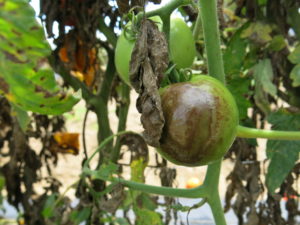
Late blight on tomato has been confirmed near Macon County, NC on July 27, 2021. UPDATE August 3, 2021: The …
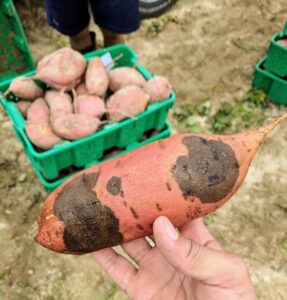
Written by Camilo H. Parada-Rojas and Dr. Lina M. Quesada-Ocampo The United States (U.S.) Environmental Protection Agency (EPA) renewed the …

When we think of insects, rarely do we think, “Wow, look at that beautiful Danaus plexippus!” In both conversation …
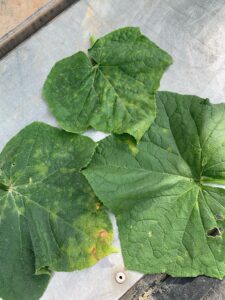
Written by Mariana Prieto-Torres, Mike Adams, Dr. Savithri Purayannur, and Dr. Lina M. Quesada-Ocampo. Pseudoperonospora cubensis, the causal agent of cucurbit …
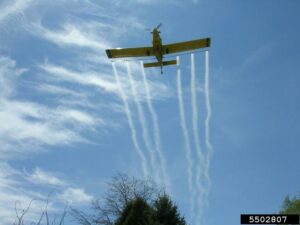
This month, the N.C. Department of Agriculture and Consumer Services is beginning treatments for Lymantria dispar (formerly known as ‘gypsy moth’) at …
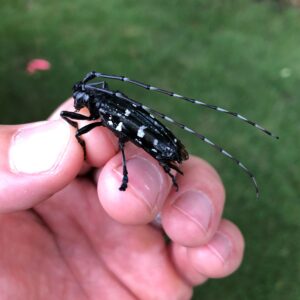
Original article written by Laura Oleniacz for NC State News, published May 25, 2021. If you’re planning to try to …
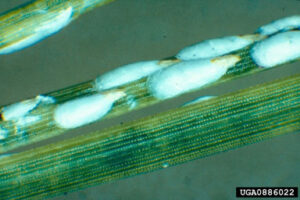
It’s not just baby birds that hatch from eggs each spring. In the next several weeks, pine needle scale …
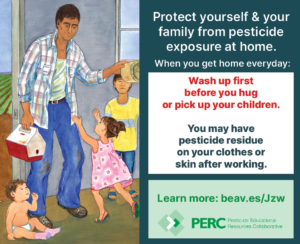
How can you encourage farmworkers and their families to use practices that minimize the risk of pesticide exposure? The …
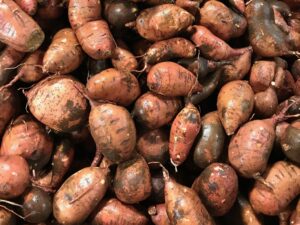
From Camilo Parada and Dr. Lina Quesada-Ocampo In collaboration with the Plant Disease and Insect Clinic at NC State University, …
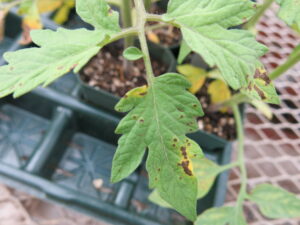
For vegetable growers (both commercial and home gardeners), springtime often brings to mind tomato transplants. However, sometimes diseases occur …

Check out The Green Industry News – March Issue! This month you’ll find a how-to video for Pruning Summer Flowering …
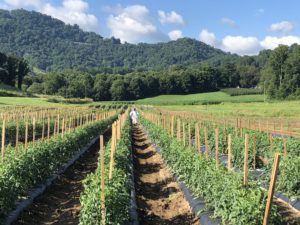
The fungicide spray guides for tomato and pepper are intended for commercial growers and are suggested products or programs …
Supplies of Surflan are limited. I cannot independently confirm the following but this is what I was told by …
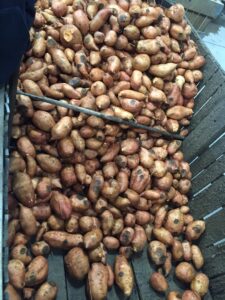
From Madison Stahr and Dr. Lina Quesada-Ocampo Sweetpotato black rot, caused by the fungal pathogen Ceratocystis fimbriata, was found in …
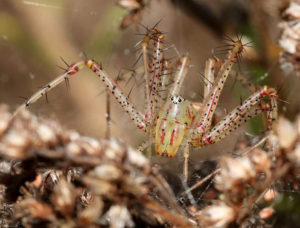
Chatham Conservation Partnership conducted a webinar on SPIDERS on October 15, 2020, and we had a great turnout of about 130 …
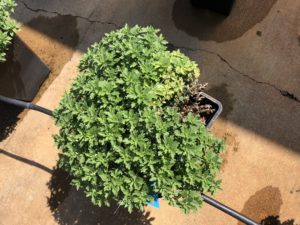
The number of chrysanthemum samples diagnosed with Fusarium wilt this year is well above average, according to NC State …

Written by Lina Quesada-Ocampo and Kimberly D’Arcangelo Cucurbit downy mildew, caused by the oomycete pathogen Pseudoperonospora cubensis, has been confirmed …
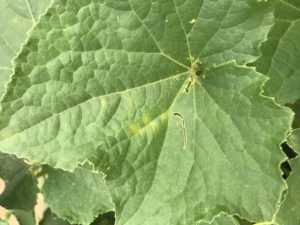
Cucumber Downy Mildew (CDM) has been confirmed on cucumber plants in our sentinel plot in Waynesville, NC (Haywood County). …

This publication describes the invasive Callery pear species, its offspring, and how it can harm …
This factsheet describes the biology of the cane lace bug or bamboo lace bug, Leptodictya …

This factsheet describes the biology of the banded sphinx moth or lesser vine sphinx, Eumorpha …

This factsheet describes the biology of the elm-grass root aphid, Tetraneura ulmi, and provides residential …

Gummy stem blight is caused by several closely related fungal pathogens in the genus Stagonosporopsis …

This vegetable pathology factsheet describes the identification and treatment of anthracnose in cucurbits.
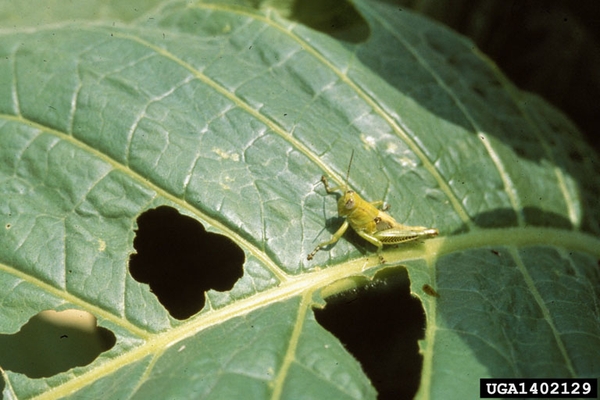
Several species of grasshoppers can cause foliar feeding damage in tobacco. They are typically most …

This Extension publication provides an overview of the tobacco budworm (Chloridea virescens), a common pest …